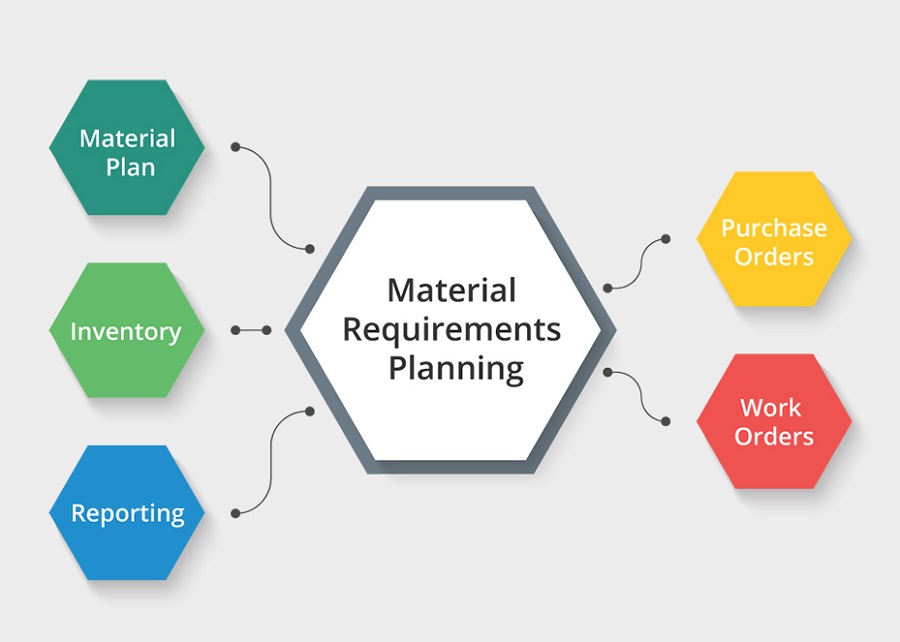How does an MRP system work?
For a manufacturing business to be successful, it needs to manage its raw materials properly, and that’s where MRP software comes in. MRP stands for Material Requirements Planning, a system designed to help companies manage their inventories, estimate the quantities of the raw materials they need, and schedule deliveries.
An MRP system is critical for any business as it ensures that they can streamline their inventory planning, production, and control. A disorganized management inventory process means that the company will run out of manufacturing materials, leading to late customer deliveries. Having proper MRP software ensures that the manufacturing process is seamless and the business can plan the operations accordingly, within the expected time frame.
You might ask, how does the MRP system work? Well, we have you covered. The system’s main component is data. It uses data to give you an efficient workflow.
- What is needed
- How much is needed
- When it is needed
Essentially, MRP uses the information from the bill of materials (BOM), bill of lading, the shelf life of stored materials, inventory data, and the master production schedule to calculate the needed amount of supplies and labor. This information helps the managers understand the changes they need to make to improve production efficiency.
MRP Processes and Steps
The MRP systems follow the following process:
- Evaluating demand and the requirements needed to meet it. The first step is understanding the customer demand and the materials required to complete it. MRP breaks down the bill of materials for the order into specific components and raw materials required.
- Check the inventory against the demand and allocate resources. You check the demand and what you already have in stock. MRP assigns the resources to where they’re needed. This is helpful, especially if you have materials in different locations.
- Production scheduling. In this step, MRP calculates the time and labor needed to complete the production process. The schedule also identifies the specific machinery and workstations required for each step and generates transfer orders, work orders, and the overall deadline.
- Monitor the process and identify any issues. The final step is to monitor the system for any problems. In case of delays, the MRP automatically alerts your team and recommends the existing orders to ensure the product manufacture is completed in good time.
The Pros and Cons of MRP
Like everything else, MRP has its advantages and disadvantages. Some of the pros include:
- Efficient and proper scheduling of production plan.
- Efficient inventory management.
- Enhanced labor productivity.
- Increased customer satisfaction
- Minimized customer lead times
The challenges of the MRP process are:
- It can be pretty expensive and difficult to implement.
- Since it relies heavily on data, keying in the wrong figures will mess up the entire production process.
- The production schedule is not flexible.
- There’s a temptation to get more stock than you need.
All systems have some challenges, but that doesn’t mean they’re not competent. Your company needs to use MRP software to undertake your manufacturing operations seamlessly.



